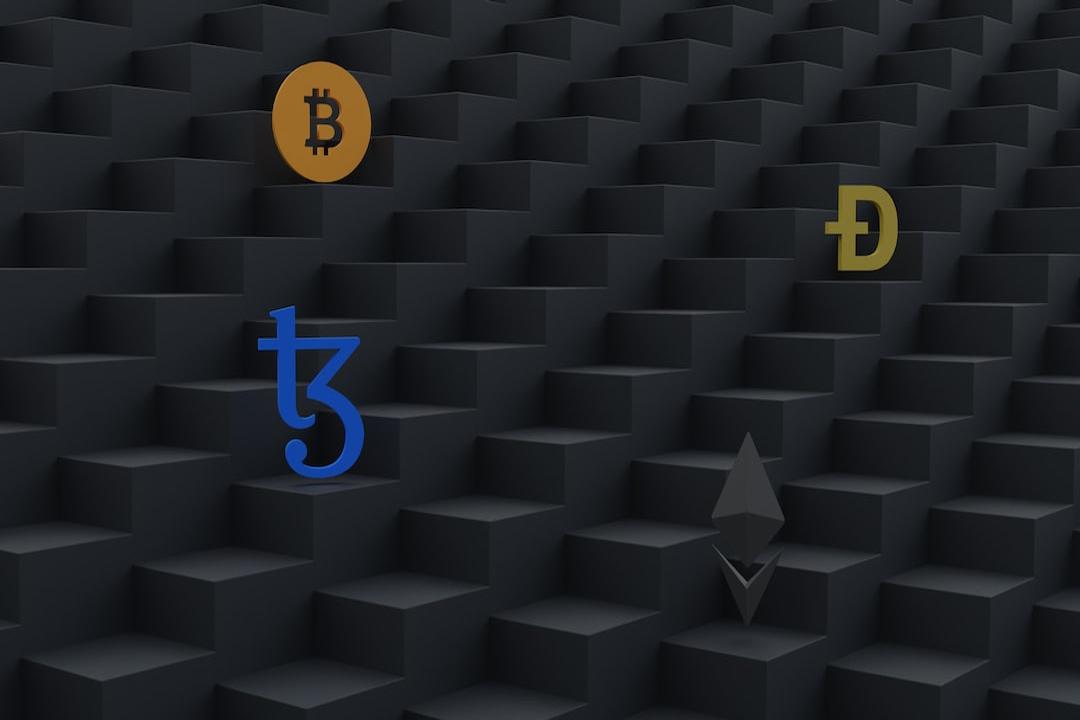Transak, a prominent platform for converting traditional currency to cryptocurrency, has announced that USDT, Tether’s stablecoin pegged to the US dollar, is now available on The Open Network (TON) Blockchain. This integration is the result of a partnership between the TON Foundation and Tether, which was announced on April 19, 2024, at the TOKEN2049 event in Dubai.
With this update, Transak’s 5 million registered users across 160 countries can now access USDT. This integration allows any decentralized application (dApp) that uses Transak, which currently includes over 350 dApps, to offer users the option to purchase USDT on TON directly using fiat currencies. This development is expected to enhance the seamless experience of peer-to-peer (P2P) payments within these applications.
The introduction of USDT on TON represents a significant advancement in making cryptocurrencies more accessible. By leveraging TON’s scalability and Telegram’s user base of over 900 million, this collaboration aims to provide a frictionless, borderless P2P payment experience for USDT holders.
As the largest stablecoin by market capitalization, Tether’s presence on TON has the potential to greatly expand its accessibility and use cases. Integration into Telegram’s built-in wallet, which includes on- and off-ramps, promises to provide millions of users with effortless entry and exit points into Web3. USDT on TON is also supported by other popular cryptocurrency wallets, such as Tonkeeper and Trust Wallet.
Sami Start, CEO & Co-Founder of Transak, stated, “Transak has always advocated for responsible financial freedom and self-custody of digital assets. Therefore, we are thrilled to play a significant role in enabling millions to access USDT on TON through our platform.”
To promote widespread adoption of USDT, the TON Foundation has committed a substantial investment of 11 million Toncoin, valued at approximately $72 million. These funds will be used for initiatives such as rewards within the Telegram Wallet, liquidity provider rewards on TON Decentralized Exchanges, and zero-fee USDT withdrawals on major centralized exchanges.
To purchase USDT-TON on Transak, users can follow these simple steps. First, visit the global.transak.com website or navigate to the relevant section within a dApp that utilizes Transak for fiat-to-crypto purchases. From there, select USDT and specify the TON network as the desired blockchain. Enter the desired amount of USDT for purchase.
Next, choose the preferred payment method. Transak supports various options, including credit cards, debit cards, bank transfers, and regional payment methods. Select the most convenient method.
After selecting the payment method, provide the wallet address where the USDT tokens should be received. Supported wallets include Wallet in Telegram, Tonkeeper, or Trust Wallet. Double-check the wallet address to ensure accurate delivery of the tokens.
Depending on the chosen payment method and local regulations, Transak may require additional verification, such as submitting identification documents or completing a brief KYC (Know Your Customer) process to comply with regulatory requirements.
Once all necessary details are entered and verified, proceed with the purchase. Transak will securely process the payment and transfer the equivalent amount of USDT to the provided wallet address. This transaction will be quick and straightforward, allowing users to access USDT-TON promptly and conveniently through Transak’s platform.
By following these steps, users can take advantage of Transak’s seamless integration with TON and start using USDT within the Telegram ecosystem or any other supported decentralized application. This contributes to the growth of decentralized finance (DeFi) and Web3 technologies.
The integration of USDT on TON through Transak is a significant milestone in enhancing the usability and accessibility of cryptocurrencies, particularly within the Telegram ecosystem. This development is set to bring a new level of convenience and efficiency to global P2P transactions, further promoting the adoption of DeFi and Web3 technologies.


